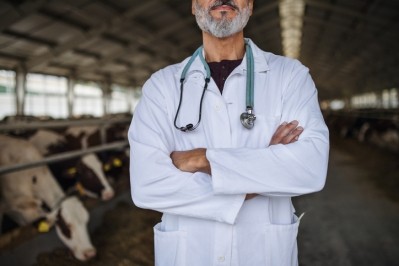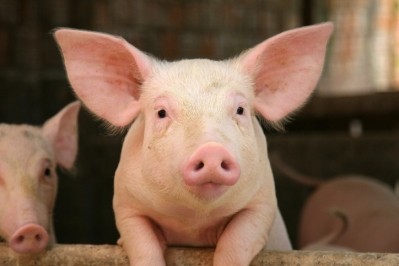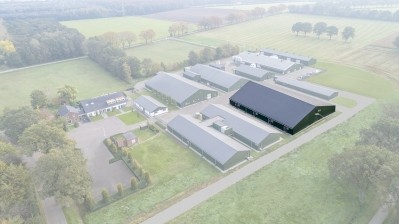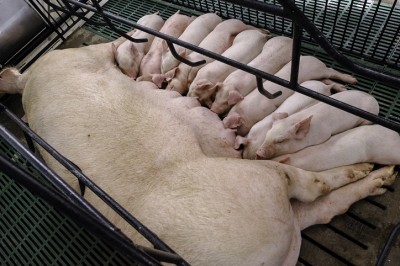Brazil: Reducing antibiotic use in swine through feed and management changes
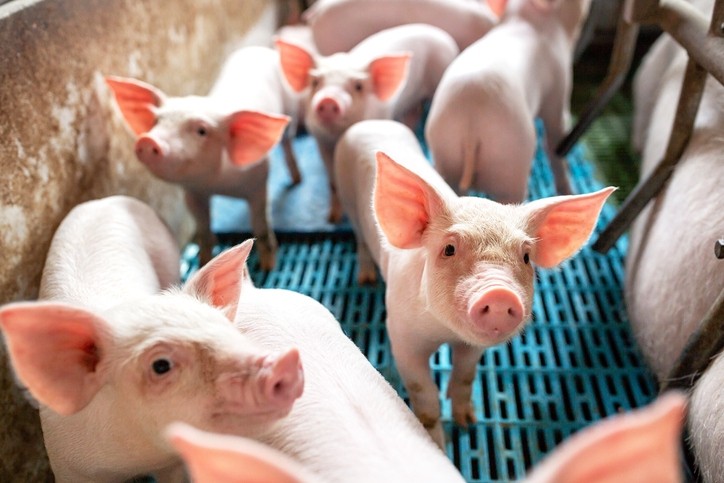
As part of an ongoing interest in supporting producers seeking to reduce the need to use antimicrobial products during production, Trouw Nutrition started a three-year case study at a sow and grow-finisher facility in Brazil.
The swine industry in Brazil is starting to phase out the use of select antibiotics as producers look to prepare for potential regulatory change, said Nienke de Groot, global program manager, gut health with Trouw Nutrition Innovation. “They are trying to prepare for the future,” she added.
The case study provides a way to share information about alternative production methods that focus on prevention and show that performance can be maintained without relying on the use of medicated products like antibiotic growth promoters (AGPs) she said.
“We’re now focusing on showing or trying to prove that that the performance can be better when they replace some of those AGPs with preventative strategies,” she added.
The process takes time as different management changes are made, said de Groot. It involves tackling multiple aspects of production including water quality, climate and feed.
“We always try to have a diet that is less challenging for the intestine and is promoting an optimal absorption of nutrients. As an example, that can mean, most of the time, changes in protein levels, amino acid ratios and the use of functional feed additives,” she said. “But everything works together so it also depends on the raw materials that the producer uses.”
The project in Brazil lowered the total types of antimicrobial products use, the amount and the duration of use while maintaining animal performance and increasing numbers of piglets per sow each year, according to case study information.
Addressing antibiotic use
The idea of working with swine farmers in Brazil on this was prompted by the fact there was a marked lack of information regarding alternatives to AGPs in Brazil, said Mauricio Dutra, farm division general manager, Trouw Nutrition, in Brazil.
Multiple producers were tracked to see how antimicrobial products were being used. However, one farm was selected for the case study on reducing reliance on antimicrobials based on producer interest, he said. The process involved the development of a plan to reduce product use, ensuring discussions and buy-in from the swine facility’s owner and general manager.
“What we’ve really have emphasized here is that it is not just replacing products with other additives and other products,” he told us. “We can get [good] results when we take a look at the whole system – the challenges, which antibiotics are used, and the amount, [and] the reason.
Management, feed changes
An initial step taken was to remove antibiotics from sow feed and add a blend of organic acids and fiber to increase sow milk production, said Dutra.
“We could identify that they were not using fiber as an ingredient, as a source of ingredients in gestation so we increased the level of fiber in gestation feeds together with the [organic acid blend] - that was the main change in gestation diet,” he said. “There was a problem with poor milk production after farrowing, it started to improve after the [dietary] changes were made; we improved the nutritional levels of the lactation feeds too … so we had good milk production.”
Antibiotics provided to piglets as a preventive measure were also removed and changes were made to how piglets and young pigs were managed, he said. Hygiene practices were improved and temperature regulation within the facility increased.
“They committed to do this properly, controlling the amount of fanning and the temperature inside the nursery rooms during the first few weeks after weaning; the whole team was really committed to [this strategy],” Dutra said.
Case study - outcomes
During the multi-year case study, changes were made to the production system used at a commercial sow to finisher farm in Brazil with 500 sows, the company reported.
“The farm was negative to Mycoplasma hyopneumoniae and positive to SIV, Streptococcus suis, Haemophilus parasuis, Salmonella enterica, Lawsonia intracellularis, Escherichia coli (toxigenic strain) and Clostridium perfringens type A,” according to the case study.
Antimicrobial use and duration were recorded, and pigs were tracked for farrowing rate, weaned piglets per year, average daily gain at the nursery and finisher level and mortality, according to the case report.
Sows were assessed for the farrowing rate and for piglet details including lightweight piglets, total numbers and weaning age, added Dutra. “Even removing all these antibiotics – we didn’t get any problems with performance in this farm. Actually we improved results,” he added.
Overall, the performance was maintained while the use of antimicrobial products was reduced and there was an increase in the number of piglets per sow per year, according to the case study.
Weaned piglets increased from 29.5 to 30.9 per sow per year and mortality stayed at 1% per year throughout the trial, the company reported. The average daily gain for finishers increased slightly from 0.82kg a day to 0.97kg.
Antimicrobial use started with eight compounds being used fed or provided preventively to two with the period of use dropping from 137 days to 29 or from 85.6% of days to 18.6%, the company said. The total amount of antimicrobials provided in terms of kilogram of animal body weight declined from 521.4mg per kg of bodyweight to 30.2mg.
